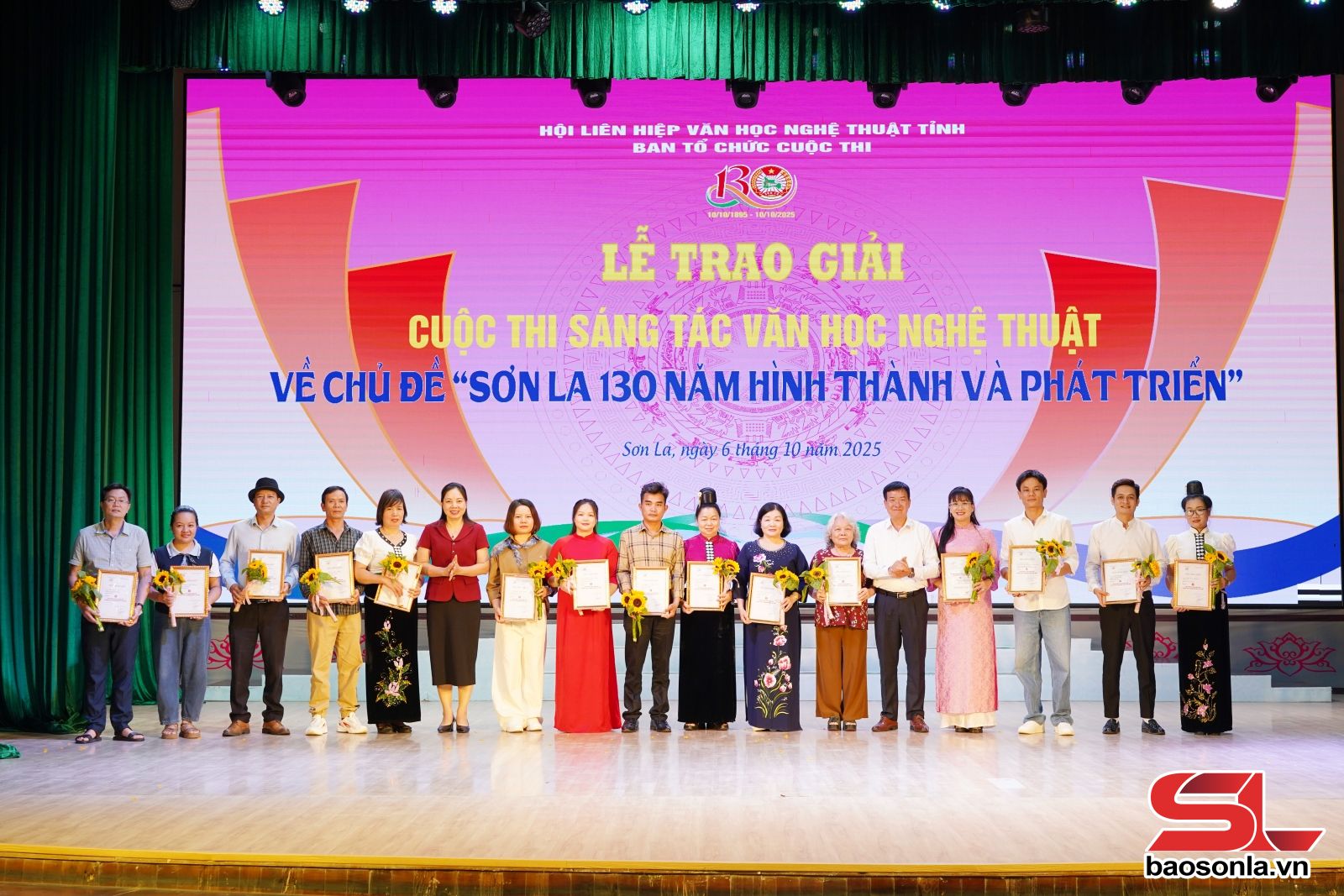
Origin of identity and intellectual imprint
Son La - the convergence of 12 ethnic groups living together has created a rich and diverse treasure of folk literature. Thai ethnic poems, such as Xong chu xon xao, Khun Lu Nang Ua... are not only poems of love between couples but also contain philosophy of life, praising courage, the desire for justice and happiness. Epics such as Quam to muong, Tay Pu Xac are "poetic history books" of the community, recording the formation of the Muong, reflecting the relationship between people and nature, between communities. The treasure of folk songs from all over the Thai, Mong and Muong echoes like the voice of the heart, both as a form of entertainment and a means of teaching morality for people to live humanely and faithfully.
Son La is not only known for its folk identity but also leaves its mark in Vietnamese medieval literature. One of the typical examples is the poem carved on the cliff of King Le Thai Tong at Tham Bao Ke cave, namely the poem composed by Que Lam. This is a unique work, both of historical value and artistic significance, becoming a rare mark of Vietnamese medieval literature in Son La. The work reflects the political and social reality of the border region, affirming the importance of Son La as a national fence, where the royal court must constantly reinforce to keep the border peaceful.
Revolutionary literature - the desire for freedom
When the French colonialists turned Son La into a detention center for revolutionary fighters, Son La Prison - "hell on earth" was actually a "revolutionary school" and also a special "literary school". Here, Suoi Reo newspaper was published with pencils, charcoal, cigarette wrappers... but became a torch to light the way for hundreds of prisoners and local people. Revolutionary songs resounded in the cold cells, beyond the prison walls, spreading to the people of the Northwest.
During the resistance war against the French, Son La was an important battlefield, associated with major campaigns. During this period, literature focused on reflecting the indomitable fighting spirit and the close bond between the army and the people. Images of ethnic minorities carrying rice, loading ammunition, and leading the troops were imprinted in poetry, short stories, and memoirs. Many writers of the Thai and Muong ethnic groups, such as Hoang No, Cam Bieu, Lo Van Muoi, Lo Van Cay, Dinh Son, etc., matured during the resistance war. Literature during this period not only recorded events, but also depicted the strength of great national unity - the strength that created the Northwest and Dien Bien Phu victories that resounded throughout the world.
During the anti-American period, Son La, although located in the rear, was still a traffic hotspot, a place for troops to station, train and support. The generation of writers who grew up during the resistance war (Cam Bieu, Vuong Trung, Hoang No, Dinh Son, Lo Van Cay, Lo Van E...) continued to write, becoming more proficient in their writing style and more profound in their thinking. Some authors reached the peak of their careers. At the same time, a new generation emerged such as Cam Hung, Dinh An, Sa Phong Ba..., bringing new vitality to local literature. Son La literature during the anti-American resistance war therefore had two nuances: tragic, with sacrifice and loss, and lyrical, with the desire for peace and belief in tomorrow.
It can be said that, from Son La prison to the two resistance wars, literature of the revolutionary and resistance periods has formed a unique heroic epic, affirming the position of Son La not only in the history of national struggle, but also in the flow of modern Vietnamese literature.
Literature in the renovation period - from construction songs to the voice of integration
After 1975, Son La entered the process of overcoming the consequences of war and rebuilding the country. Literature reflected construction sites, farms, hydroelectric plants, and cooperatives. Writers Cam Bieu, Hoang No, Lo Muoi, Vuong Trung, Dinh An, and Dinh Tan continued to write, becoming a generation of "resistance writers" who entered the peace-building process.
When the renovation (1986) opened, a new generation appeared: Mai Van Ty, Nguyen Duc Lai, Ha Thu, Kieu Duy Khanh, Tran Nguyen My, Hoang Le Thuy, Luong My Hanh, Nguyen Vu Dien, Duong Thi Mui, Nguyen Thanh Sam, Nguyen Huyen Men, Dang Thi Thu... enriched Son La literature with many genres, from poetry, short stories, memoirs, essays, memoirs, novels, making Son La literature have an important change. Writers paid attention to exploiting the relationship between tradition - modernity, identity - integration, bringing a new voice, reflecting more truthfully the thoughts of generations in the highlands.
The team of ethnic minority authors continues to assert their own voice, with works that combine folk materials with a modern breath, both preserving identity and contributing to the diversity of ethnic literature. In the field of collection, translation, and research, prominent authors are Dinh An, Hoang Tran Nghich, Lo Binh Minh, Ca Chung, Lo Thanh Hoan, Dinh Lien, Dinh Van Cung... In the field of literary theory and criticism, there are Hoang Kim Ngoc, Tran Dai Tao, Lo Binh Minh... who systematize, summarize, and position Son La literature in the general flow.
Some notable highlights of Son La literature after the renovation are the return of folk materials, many authors borrow folk plots, epic images, folk language to create, making the works both modern and imbued with identity. It can be said that literature after 1975 and the renovation period has brought Son La out of the local scope, to join the national literature, both as a unique voice of the Northwest mountains, and as a common part in the great symphony of modern Vietnamese literature.
***
Son La literature is a mirror that truly reflects the historical and social life of the past 130 years, helping readers recognize the laws of historical movement, and at the same time clearly understand the role and position of the borderland. In terms of educational value, folk literature teaches the morality of loyalty and filial piety; revolutionary literature arouses patriotism and the will to fight; contemporary literature encourages the spirit of creative labor. Aesthetic value, from the rich musical language of the Thai people, the majestic sound of the epic Quam to Muong, to the poetic verses imbued with the mountain and forest in modern writing - all have created a unique "Son La aesthetics", both innocent and profound. In terms of cultural identity, Son La literature preserves the cultural treasures of ethnic groups, from the xoe dance, the sound of the Khen to festivals associated with the harvest season.
Entering a new stage, when Son La is striving in the process of industrialization, modernization and international integration, literature needs to affirm its role in preserving and promoting folk heritage, collecting, translating, researching narrative poems, epics, folk songs to both preserve and create inspiration for creation. Develop multilingual literature, encourage writing in both Vietnamese and ethnic minority languages, so that literature is truly a diverse voice. At the same time, integrate national and international literature, bring works of Son La authors beyond borders, through translation, publishing, and exchange. Apply literature in tourism, education, turn literary heritage into a resource for developing cultural tourism, educate the young generation about history, ethics, and identity. Nurture a new generation of creators: build a team of young, capable writers, both attached to identity and with a modern vision.
Today, amidst the modern pace of life, Son La literature continues to be a pure stream flowing from the past to the present, watering the souls of many generations, and will continue to write new pages, both imbued with the national soul and filled with the desire for integration and sustainable development.
Source: https://baosonla.vn/van-hoa-van-nghe-the-thao/van-hoc-son-la-130-nam-lich-su-ban-sac-va-khat-vong-VIG50NeNR.html


![[Photo] Ho Chi Minh City is brilliant with flags and flowers on the eve of the 1st Party Congress, term 2025-2030](https://vphoto.vietnam.vn/thumb/1200x675/vietnam/resource/IMAGE/2025/10/10/1760102923219_ndo_br_thiet-ke-chua-co-ten-43-png.webp)



![[Photo] Opening of the World Cultural Festival in Hanoi](https://vphoto.vietnam.vn/thumb/1200x675/vietnam/resource/IMAGE/2025/10/10/1760113426728_ndo_br_lehoi-khaimac-jpg.webp)
![[Photo] General Secretary attends the parade to celebrate the 80th anniversary of the founding of the Korean Workers' Party](https://vphoto.vietnam.vn/thumb/1200x675/vietnam/resource/IMAGE/2025/10/11/1760150039564_vna-potal-tong-bi-thu-du-le-duyet-binh-ky-niem-80-nam-thanh-lap-dang-lao-dong-trieu-tien-8331994-jpg.webp)
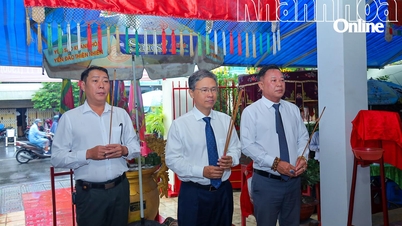



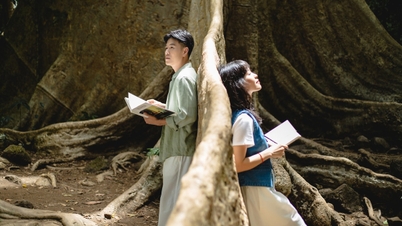

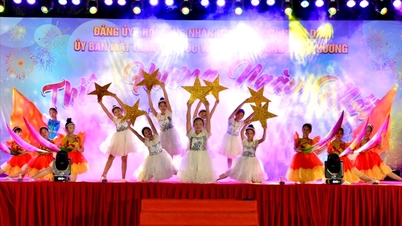
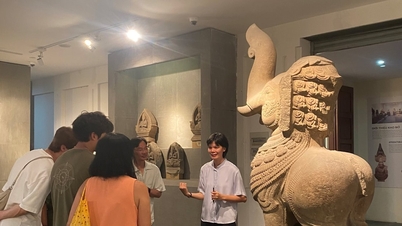

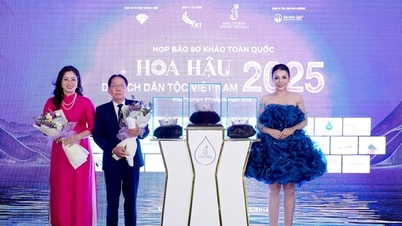











































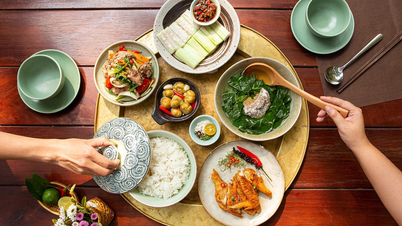
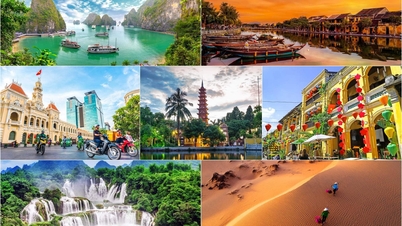





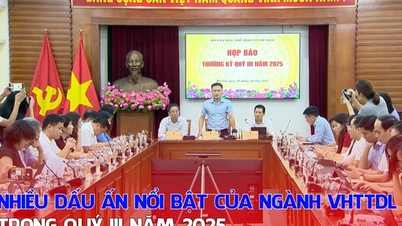



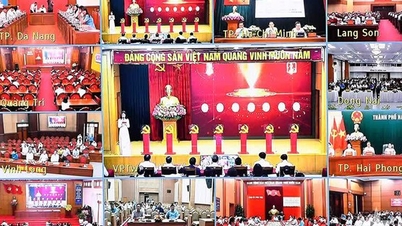
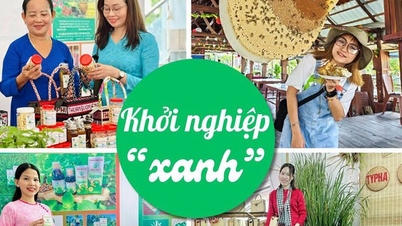

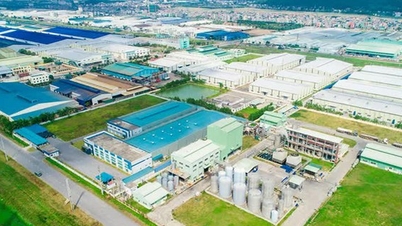
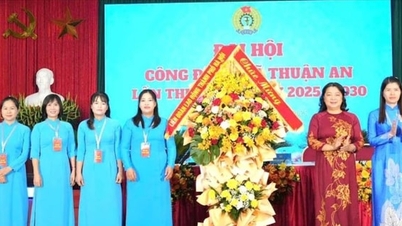
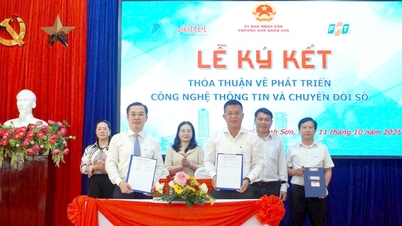
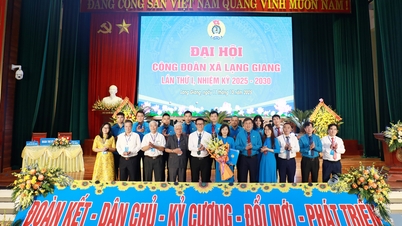

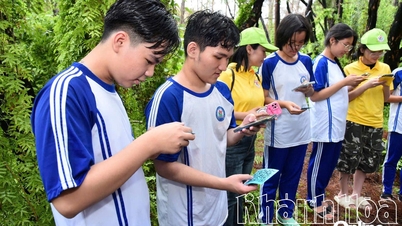


















Comment (0)